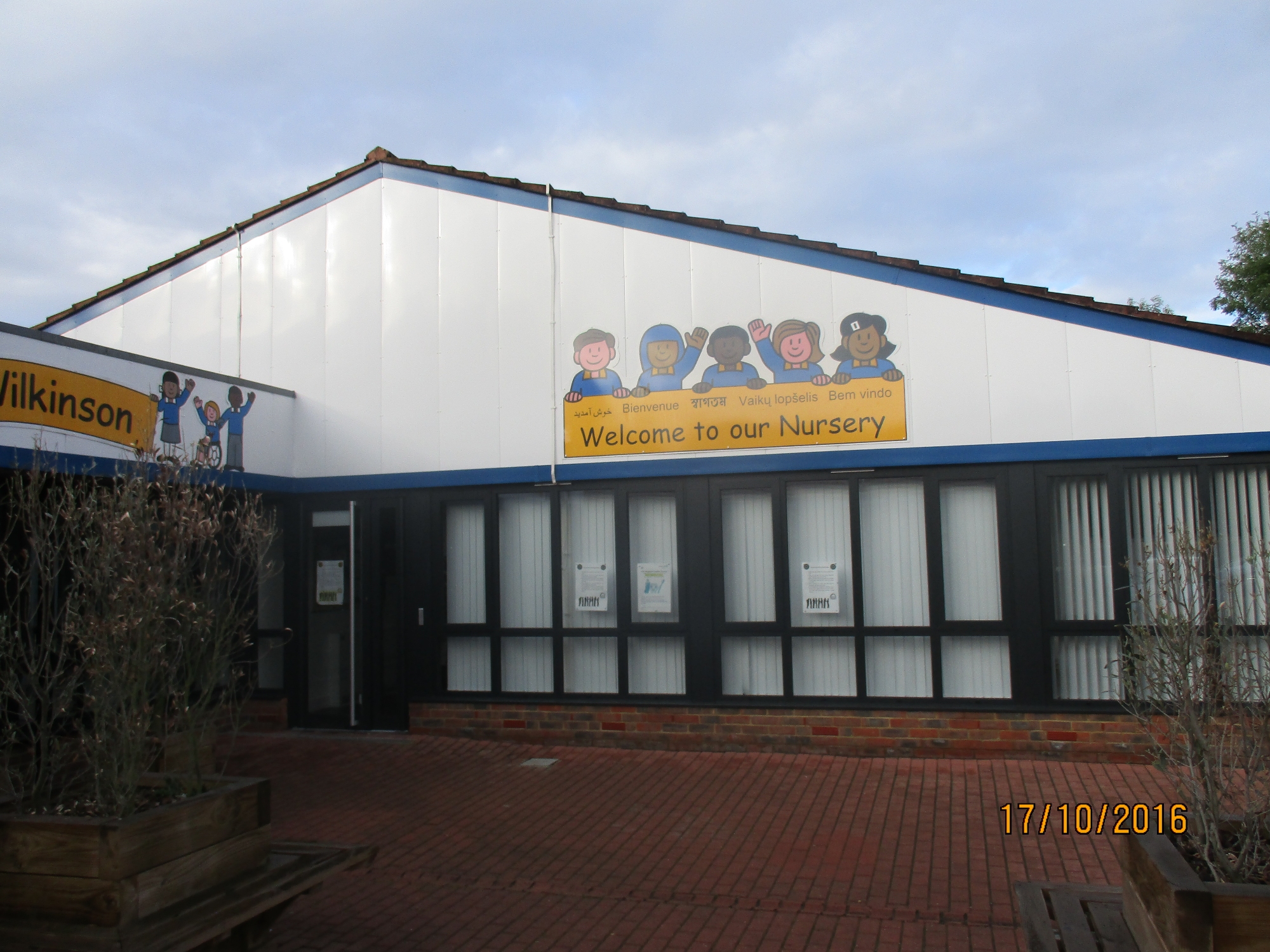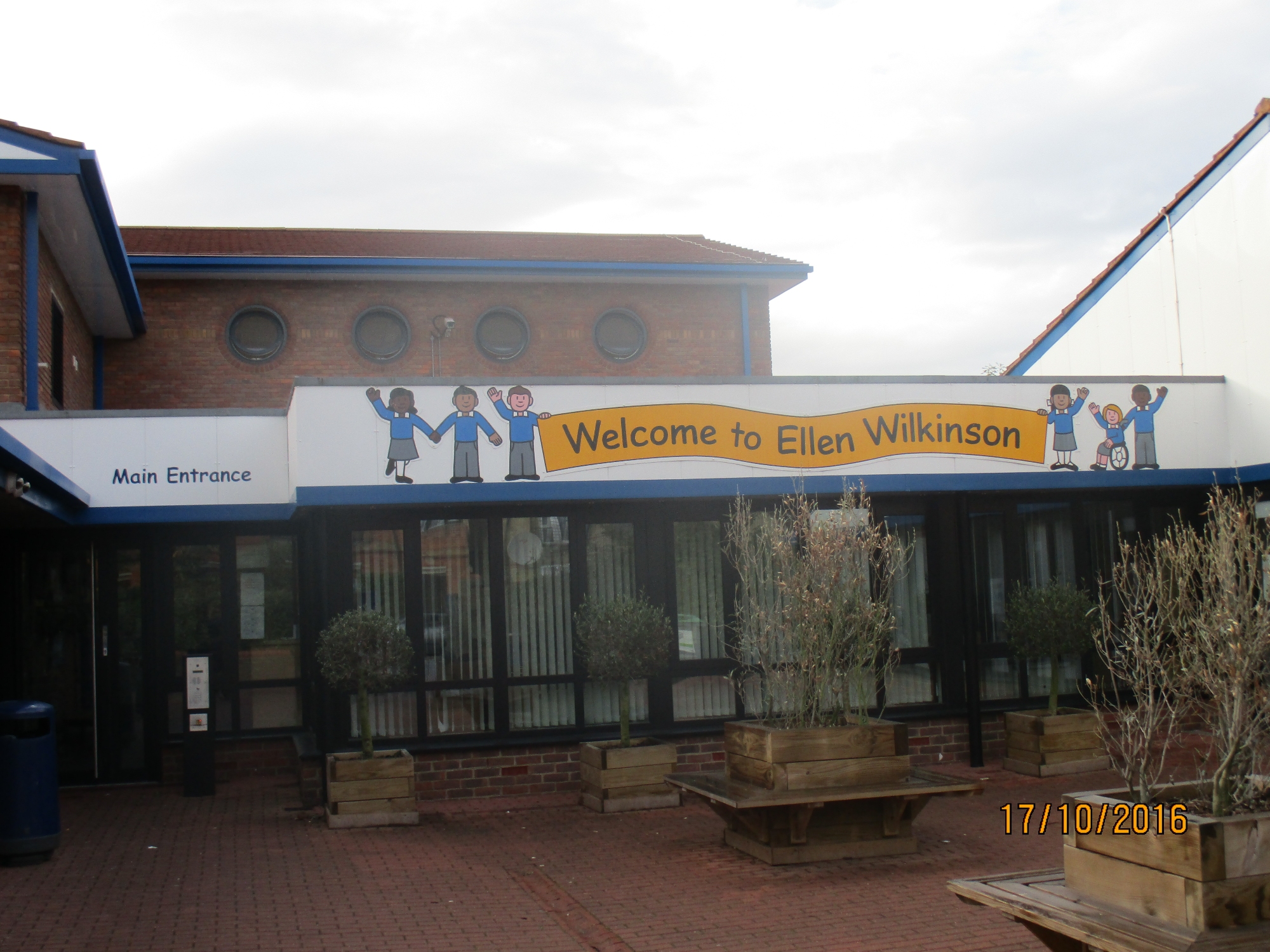Phonics
At Ellen Wilkinson Primary School we strive to foster a love of reading in all our children and they are helped and encouraged to read widely at home and at school.
What is Anima Phonics ?
We use Anima Phonics as our phonics scheme; which consists of 5 phases.
- Phase 1- Concentrates on developing children’s speaking and listening skills. Its emphasis is to get children attuned to the sounds around them and ready to begin oral blending and segmenting skills.
- Phase 2- Letters and sounds are then introduced one at a time (a set of letters are taught each week). Children are then encouraged to blend and segment the 19 letters taught.
- Phase 3- Here children learn another 25 new graphemes and are encouraged to blend and segment these.
- Phase 4- Children learn to blend phonemes to read CVC words and segment in order to spell them. They also begin reading tricky words, straight forward two-syllable words and simple captions. Children are given the opportunity to consolidate their phonic knowledge and are helped to read and spell words with adjacent consonants.
- Phase 5- Children are taught alternative graphemes and phonemes to the ones they have learnt e.g. ai, ay and a_e.
How will my child learn to read?
EYFS
Early reading begins in nursery, where children learn early blending through games and by learning a new sound each day.
KS1
Children take part in standalone phonics sessions for 30 minutes every day. Knowledge and skills are applied regularly throughout the school day during speaking, reading and writing activities.
Structure of the sessions
Sessions are made enjoyable with lots of visual opportunities to sing and dance whilst introducing a new sound.
There are 4 elements to a Letters and Sounds session: review, teach, practise and apply.
*Review - Graphemes previously taught are recapped. This section is very fast paced and allows children to apply their prior learning quickly.
*Teach – In this section, children are taught new graphemes, tricky words or high frequency words. The teaching is made engaging and enjoyable through the use of songs and actions.
*Practise – This section allows children to practise their spelling and reading and work amongst their peers e.g. by playing games together, writing letters in the air and participating in oral segmenting and blending.
*Apply – Children are given the opportunity to apply their skills independently by using the graphemes and words in a real-life context. They can do this by playing games, writing sentences and answering written questions.
How to help your child read at home
There are many things you can do to support your child with their reading:
• Practise saying the phonemes daily e.g. “look! There’s a cat- what is the first sound in cat?”
• Learn to read and spell the tricky words and high frequency words. • Play phonics games on the computer (letters and sounds and phonics play have some great activities online).
• Read with your child for 10 minutes each day (Use their scheme books, library books and appropriate texts from their Bug Club account).
• Attend phonics workshops provided by the school.
• Expose children to other material to read e.g. a recipe, instructions on how to make something etc.
• Children learn best when it is fun, play lots of games and keep it short; little and often is best.
Useful websites
https://www.phonicsplay.co.uk/
https://www.bbc.co.uk/bitesize/topics/zcqqtfr



